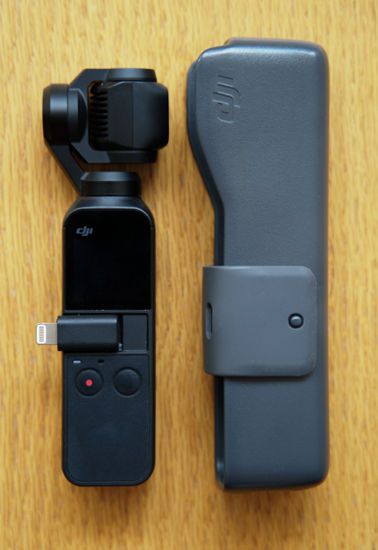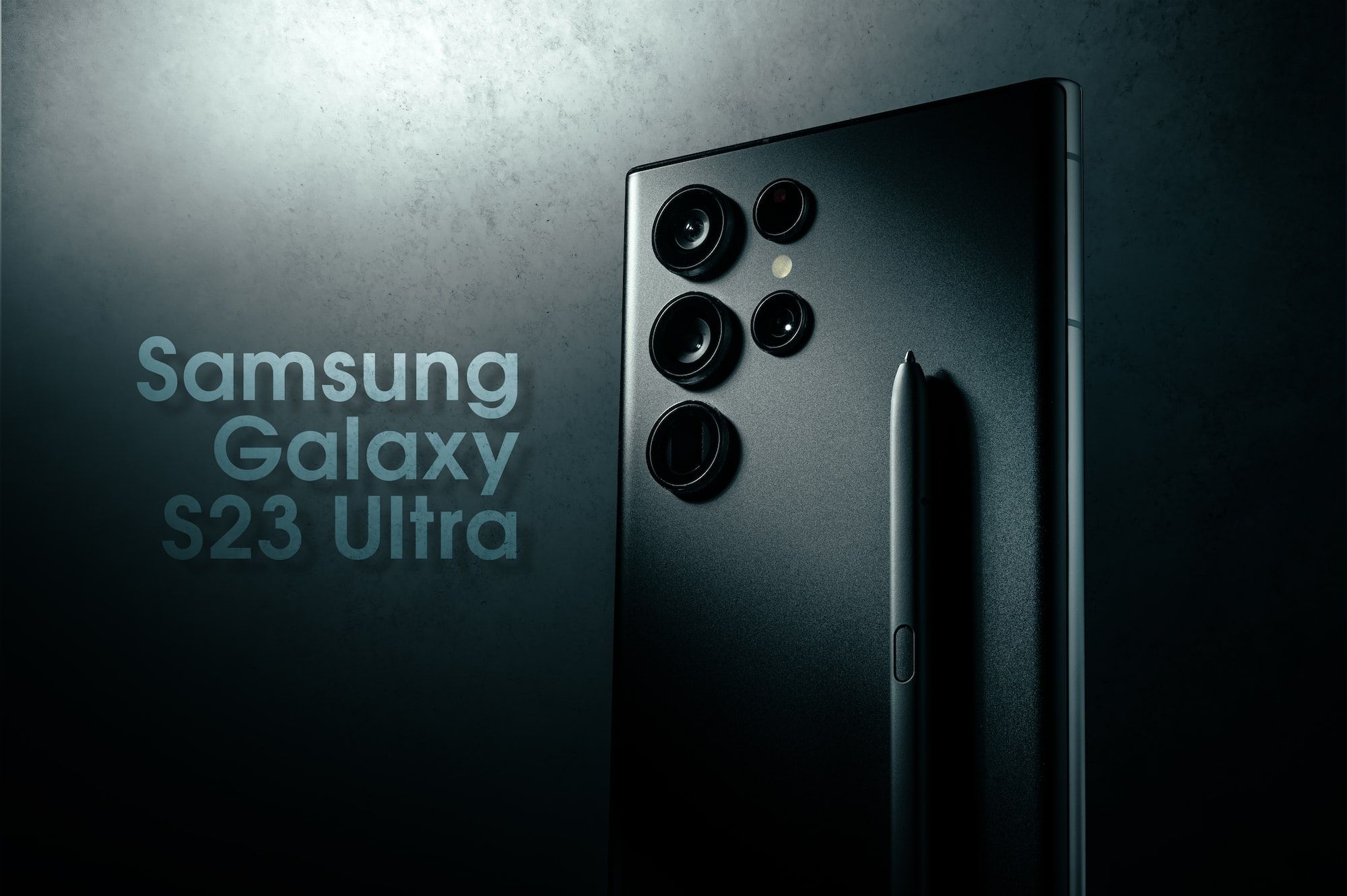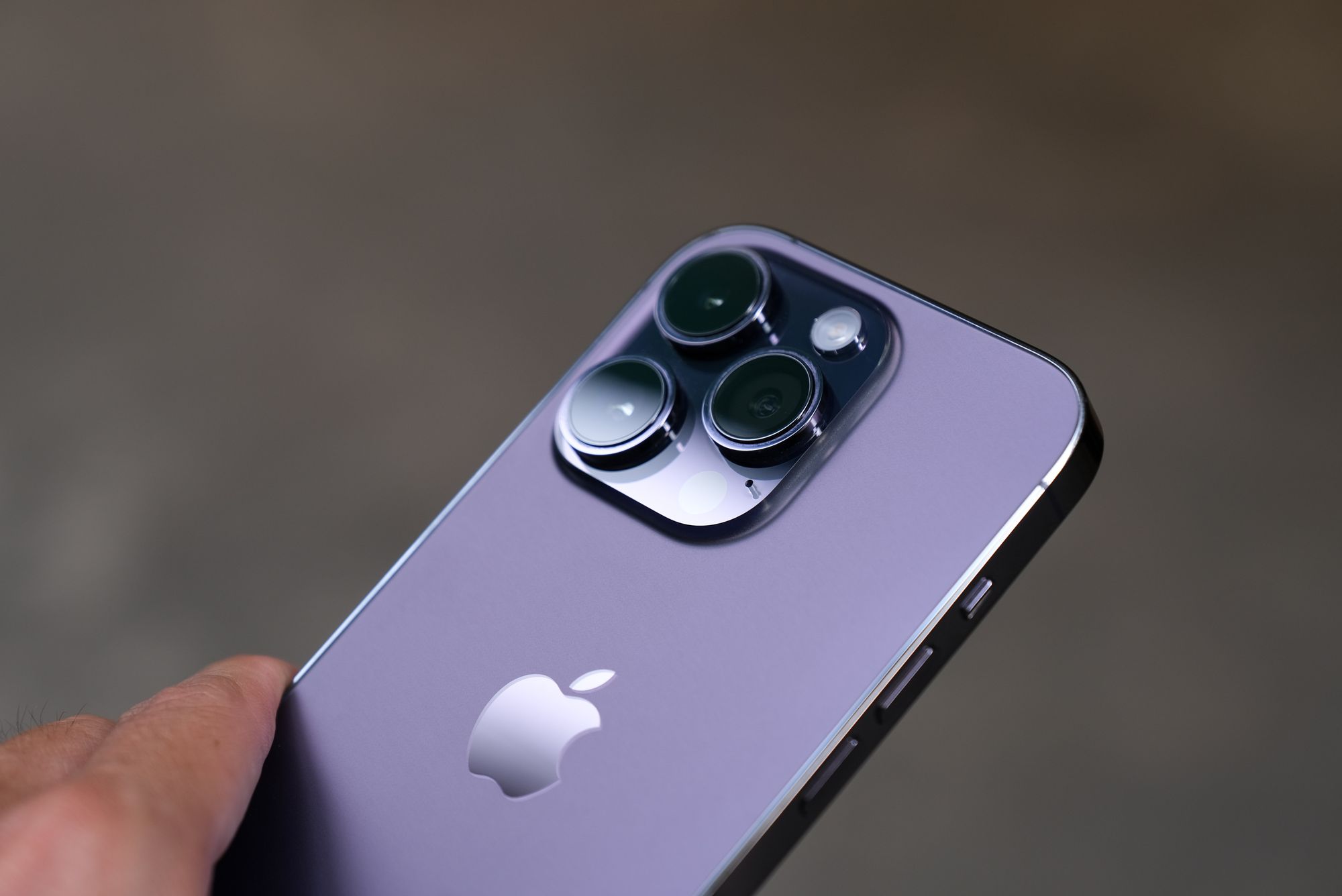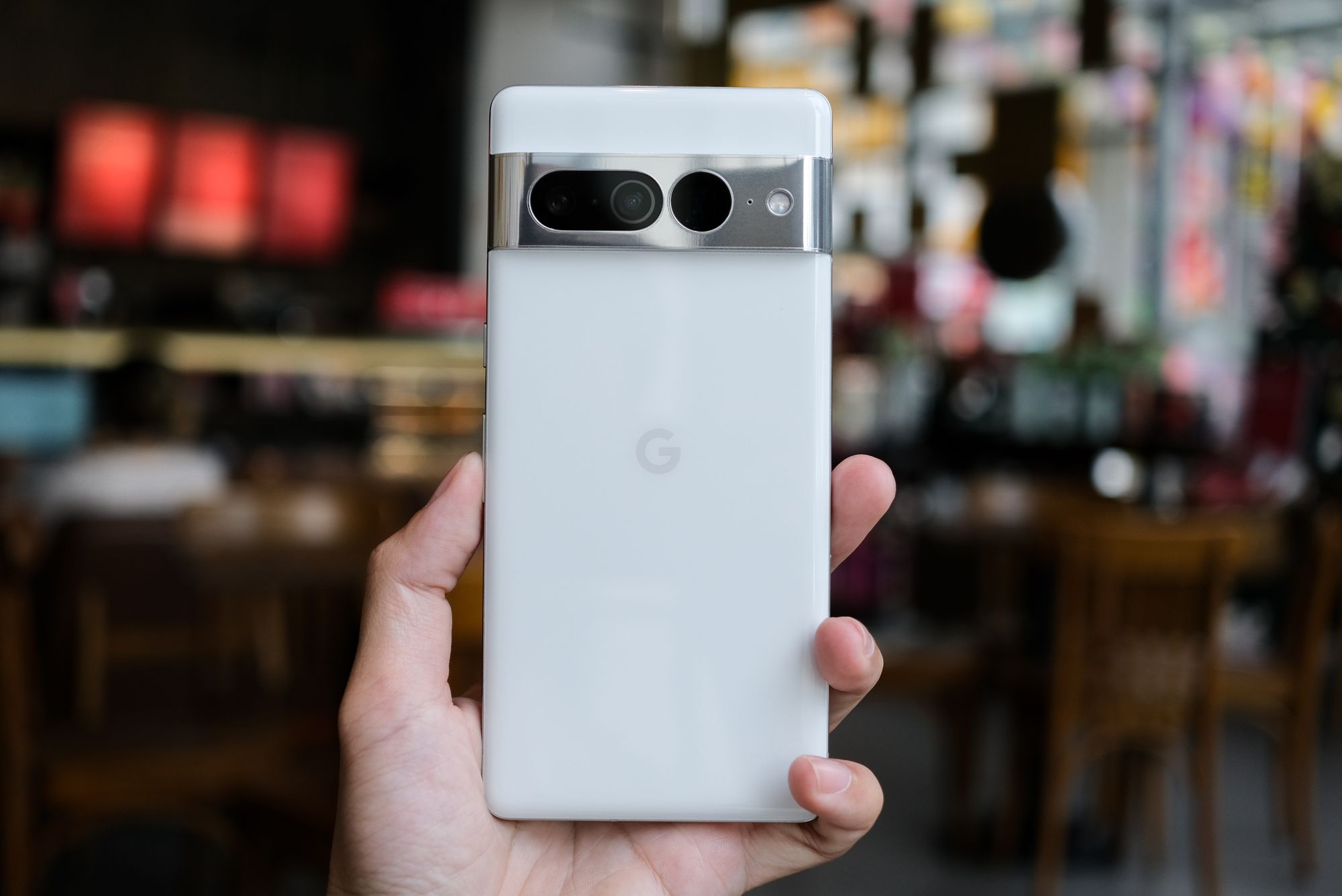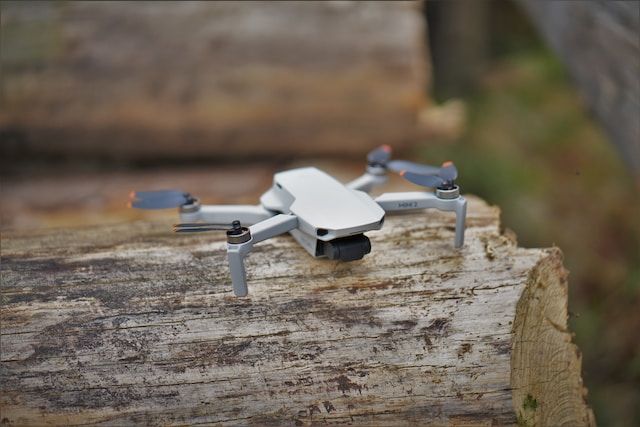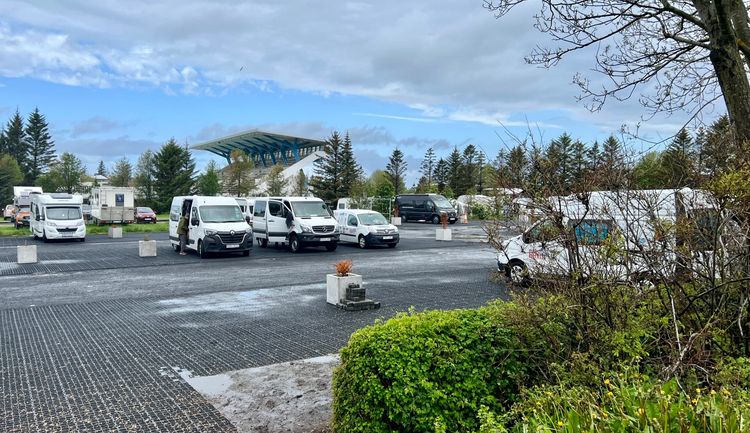The Best Minimalist Camera Setup For Travel Photography & Videography
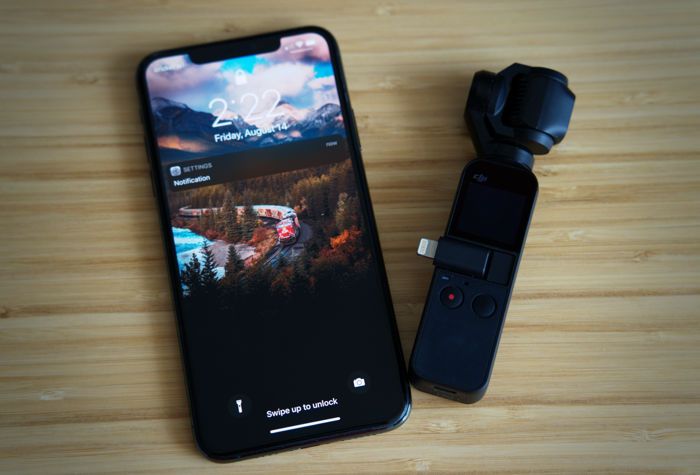
The best camera is the camera you have with you. I downsized my travel camera gear by over 11x in weight - from 1290g to 116g!
- Sony RX100 with Zhiyun Crane M Gimbal
- DJI Osmo Pocket
- Best Smartphones Cameras
- Printing iPhone Photos
- Print Size Calculator
- Aerial Photography / Videography
With so many different camera setups on the market, which one is the most ideal for travel? Modern technology in recent years has made it possible to carry all your photo and video gear in your pocket!
Of course, this all depends on what you plan on doing with your photos and videos. Personally, the majority of my photos are on rotation on a digital frame with only a few actual prints. My video footage is used to create short video montages of our trips.
When I first started traveling almost a decade ago, I would take my DSLR with a 24-70mm lens. That quickly became a burden to carry, so I opted for the best compact camera at the time - the Sony Cyber-Shot RX100 III. This camera was like having a mirrorless camera that fits in your pocket.
As I became more enthusiastic about and spent more time video editing, the shaky handheld footage was unbearable to watch. Gimbals were the solution to buttery "professional" looking footage. Handheld gimbals used to cost at least $700! Determined not to spend an arm and a leg, I set up alerts on SlickDeals and browsed eBay every day. Eventually I was able to pick up a gimbal for my RX100 for about $350.
From 2015 to 2019, my go-to gear for traveling was the Sony RX100 Mark III with the Zhiyun Crane M 3-Axis Gimbal. While I was very happy with the footage that came from this setup, it still weighed 1290 grams (or 2.84 pounds) and required bringing a backpack when I wanted my hands free.
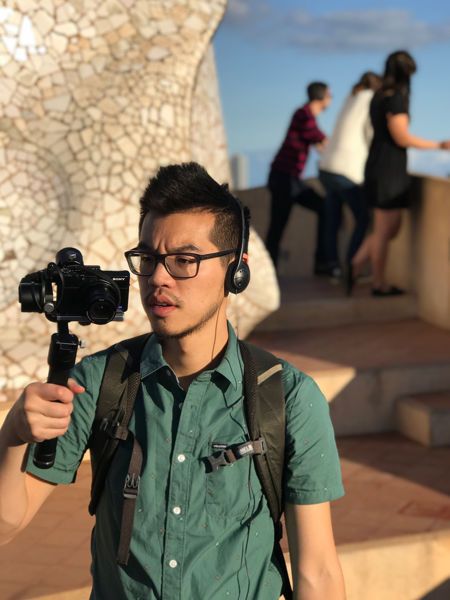
Trip after trip, I became more reluctant to pack the gimbal. The DJI Osmo Pocket came out in 2018, and I have been drooling over how small it is. After my trip to Japan in April 2019, I gave in and paid full price for the DJI Osmo Pocket. It was one of the best decisions I have ever made! (There's now a DJI Pocket 2!)
I love the freedom of not carrying a backpack, especially in hot climate destinations. The convenience of having a mini gimbal camera in your pocket allows you to easily take it out, turn it on, and record a scene in less than 10 seconds (yes, I timed it). This is at least twice as fast as the RX100 with the Zhiyun gimbal (assuming the gimbal with the camera mounted is already in your hands). Previously, I had to turn on the gimbal, wait for it to stabilize, then turn on the RX100 and wait for the camera to finish starting up before I could record. It was troublesome turning on these two devices to sync them properly. The Zhiyun Crane M and the Sony RX100 III are officially retired.
But what about photos? While the DJI Osmo Pocket is able to capture stills, I use it for video purposes only. All of my photos are taken with the other camera that's always in my pocket, the iPhone 11 Pro Max. The Sony RX100 can take amazing photos, but I wanted something even more convenient. The iPhone 11 Pro Max has one of the best cameras on a smartphone. While you might not be an Apple user, there are plenty of amazing Android cameras as well, such as the Samsung Galaxy or the Google Pixel. If minimal gear is a priority for you, it is worth the investment to get a good smartphone camera if you don't have one already. This camera will literally be with you wherever you go.
How Large Can You Print iPhone Photos?
The iPhone 11 Pro has a 12 MP camera. This produces a photo that is 4032 x 3024 pixels in size. When printing a photo, the general rule of thumb is that you want to print with a resolution that is at least 150 PPI (pixels per inch). With some simple math (4032÷150 = 26, 3024÷150 = 20), you will find that the largest print you can do is 26 x 20".
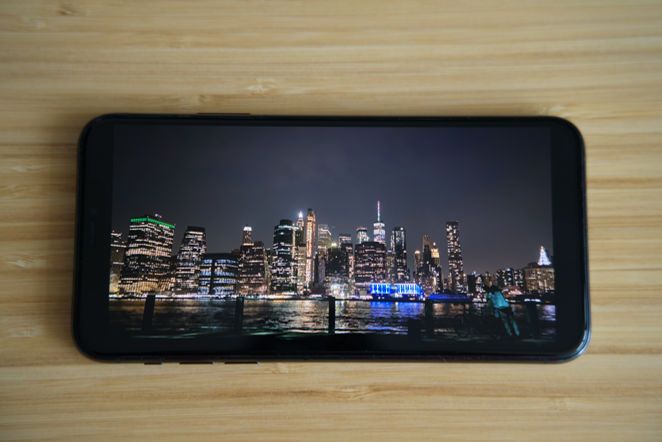
Keep in mind, that this all depends on your viewing distance. At 150 PPI, your minimum viewing distance will be about 5 feet. If you plan on viewing your photo up close, then you should increase the PPI for printing. At 300 PPI, the photograph will be clear even at a 2 feet viewing distance. However, gaining print quality means you have to sacrifice in print size, shrinking it down to 13 x 10".
The final point worth mentioning is that these dimensions will change if you crop your photo during editing. When you crop a photo, this reduces the number of pixels you have to work with. To ensure you get the best photo to print, make sure you are close enough to your subject and your composition takes up the full frame.
Print Size Calculator
Print Size
Aerial Photography/Videography
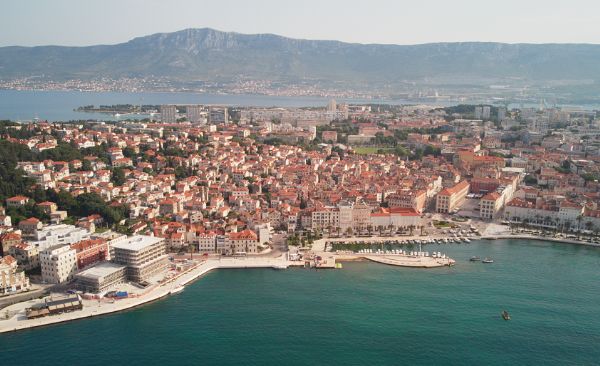
A drone can level up your travel journaling. Having the ability to capture a bigger picture of your surroundings can really change your perspective. Drones used to be massive with one of the first releases (Parrot AR Drone) spanning nearly two feet wide. In order for you to travel with a drone, you really had to go out of your way to bring it, dedicating separate baggage just for the drone. With DJI constantly pushing the limits on how small they can make quality products, there is now a drone that literally fits in your pocket and produces good image and video quality while stabilizing at 17.5mph winds (8m/s). The DJI Mavic Mini is THE drone to get for minimalist backpackers. Weighing at 249g (0.55 pounds), this drone is just under the weight limit enforced by the FAA Regulations, so you don't even have to register it. This is a huge benefit since getting caught operating an unregistered drone could result in a $250,000 fine and imprisonment for up to 3 years!
I personally have the DJI Mavic Air, which was the smallest drone on the market at the time. The DJI Mavic Mini 2 is on my shopping list, and I will definitely be picking one up once I sell the Mavic Air.

